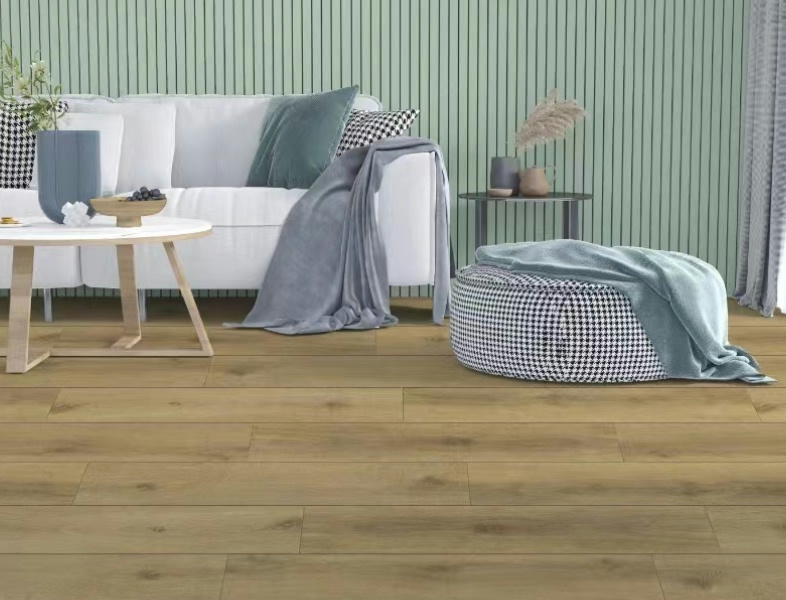
Peel and stick vinyl flooring has become a popular choice for homeowners looking for a cost-effective and easy-to-install flooring solution. This type of flooring offers a range of advantages, but it also has its disadvantages. We'll explore the pros and cons of peel-and-stick vinyl flooring to help you make an informed decision for your home.

One of the main advantages of peel and stick vinyl flooring is its ease of installation. Unlike traditional flooring options that require professional installation, peel and stick vinyl flooring can be easily installed by homeowners with minimal tools and expertise. This makes it a good choice for those looking to save on installation costs and complete DIY projects.
Another benefit of peel and stick vinyl flooring is its versatility. It's available in a variety of colors, patterns, and styles, allowing homeowners to find the perfect option to complement their home decor. Whether you prefer a wood look, a stone-look design, or a modern geometric pattern, there's a peel and stick vinyl flooring option to suit your preferences.
Additionally, peel and stick vinyl flooring is a durable and low-maintenance option. It's scratch, stain, and water resistant, making it ideal for high-traffic areas such as kitchens, bathrooms, and entryways. This type of flooring requires minimal maintenance and is a practical choice for busy households.
While peel and stick vinyl flooring offers many advantages, it also has some disadvantages to consider. One of the main concerns with this type of flooring is its durability over time. While peel and stick vinyl flooring is scratch and stain-resistant, it may not be as durable as other flooring options in the long run, especially in high-traffic areas.
Another disadvantage of peel and stick vinyl flooring is that it is sensitive to temperature changes. In extreme heat or cold, the adhesive used to secure the flooring can weaken, causing the tiles to lift or warp. This can be a problem for homeowners who live in areas where temperatures fluctuate throughout the year.
Additionally, while peel and stick vinyl flooring is relatively easy to install, there may be better options for uneven or damaged subfloors. An uneven surface will cause the tiles not to adhere properly, resulting in an uneven or unstable floor surface. In this case, additional preparation and leveling of the subfloor may be required, adding to the overall installation time and cost.
In summary, peel and stick vinyl flooring offers a range of benefits, including ease of installation, versatility, and durability. However, it also has its drawbacks, such as potential durability issues over time, sensitivity to temperature changes, and the need for a smooth subfloor. When considering choosing this type of flooring for your home, it is important to weigh the pros and cons to determine if it is the right choice for your specific needs and preferences.